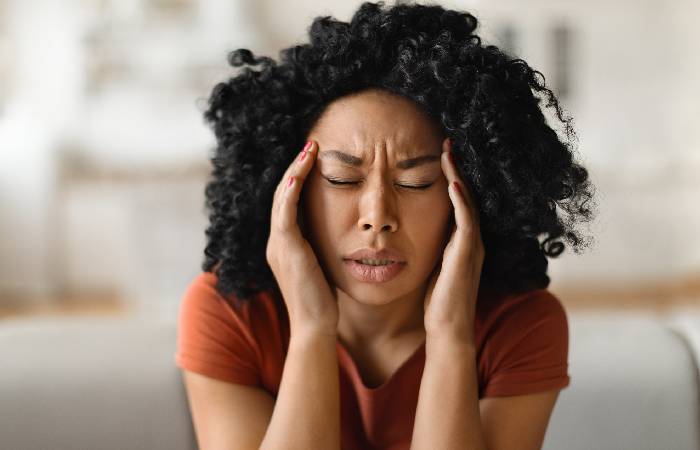Do men and women use different biological systems to reduce pain?
In Clinical news
Follow this topic
Bookmark
Record learning outcomes
Typically, women respond poorly to opioids, are at increased risk of addiction and are more likely to experience chronic pain than men. Now, researchers from the University of California have found that men and women use different biological systems to reduce pain.
Lead research author Dr Fadel Zeidan says the new research provides the first clear evidence that sex-based differences in pain processing are real and need to be taken more seriously when developing and prescribing treatments for pain.
During the study, 39 healthy individuals and 59 patients with chronic low back pain undertook four sessions of mindfulness meditation training. They practised meditation while receiving placebo or high-dose opioid antagonist naloxone.
At the same time, participants experienced a painful but harmless heat stimulus to their calf and completed an 11-point visual analogue scale to assess pain severity.
The results showed that naloxone significantly attenuated meditation-based pain relief in men, suggesting that men use endogenous opioids to reduce pain. In women, naloxone significantly increased meditation-based pain relief, suggesting that women process pain using non-opioid endogenous analgesic mechanisms.
For example, the endocannabinoid system is more active during analgesia in females than males.
Although speculative, our findings suggest that maybe one reason that females are more likely to become addicted to opioids is that they are biologically less responsive to them and need to take more to experience any pain relief,” Zeidan says.
“These results underscore the need for more sex-specific pain therapies because many of the treatments we use don’t work nearly as well for women as they do for men.”

